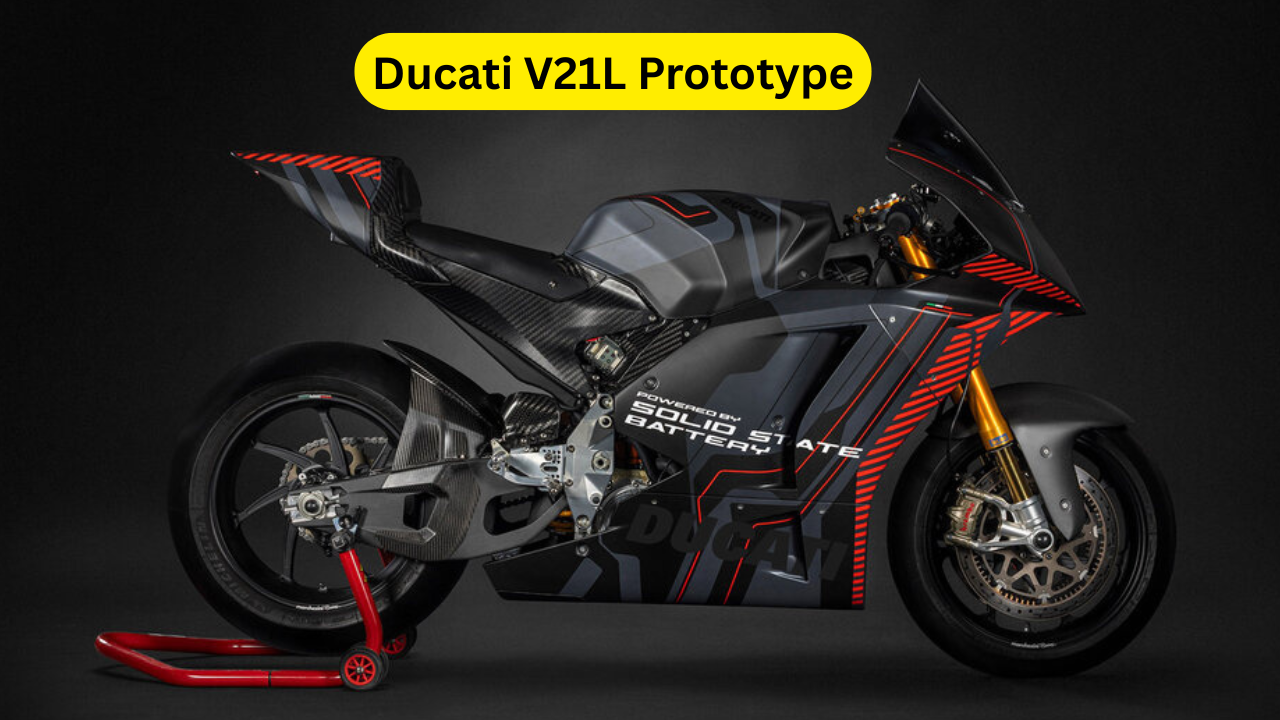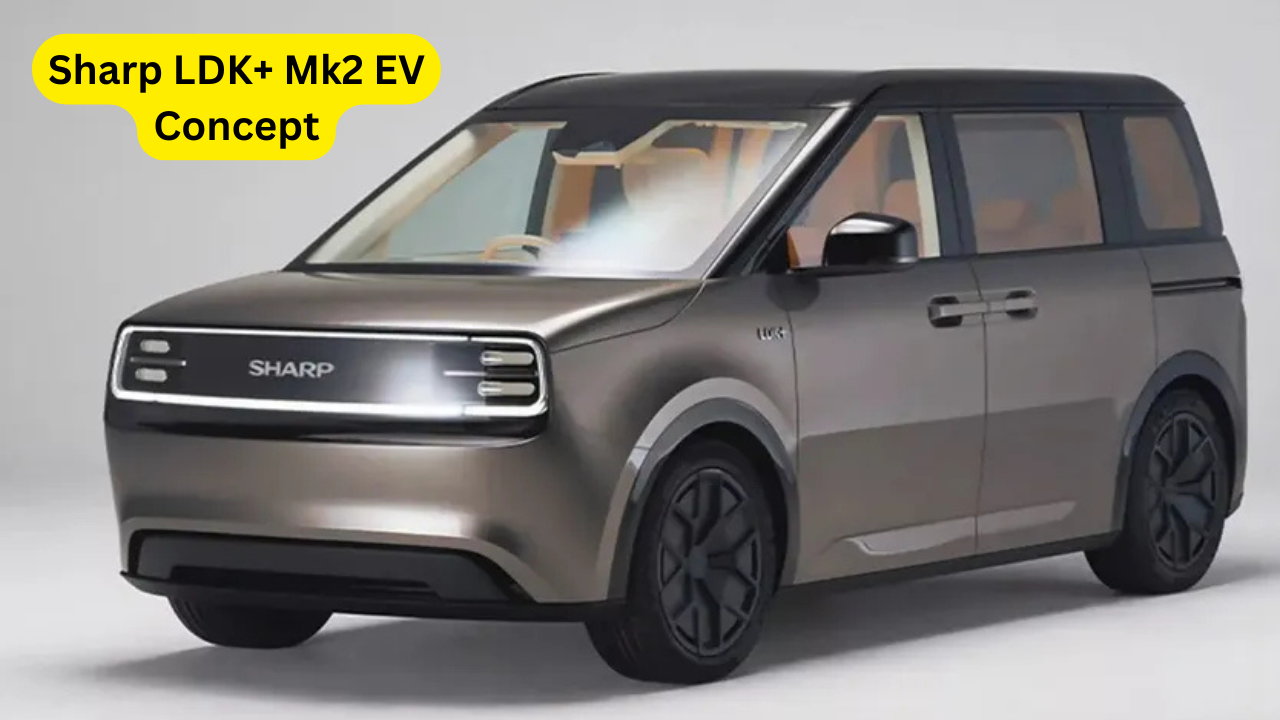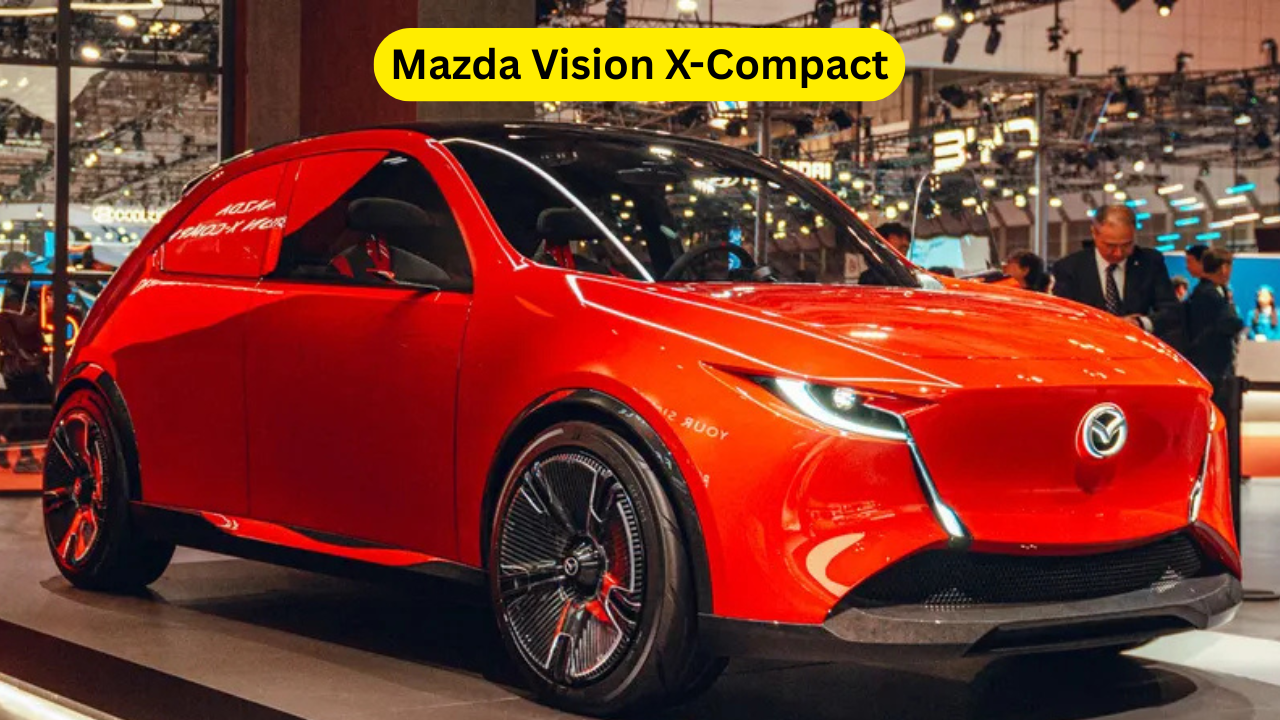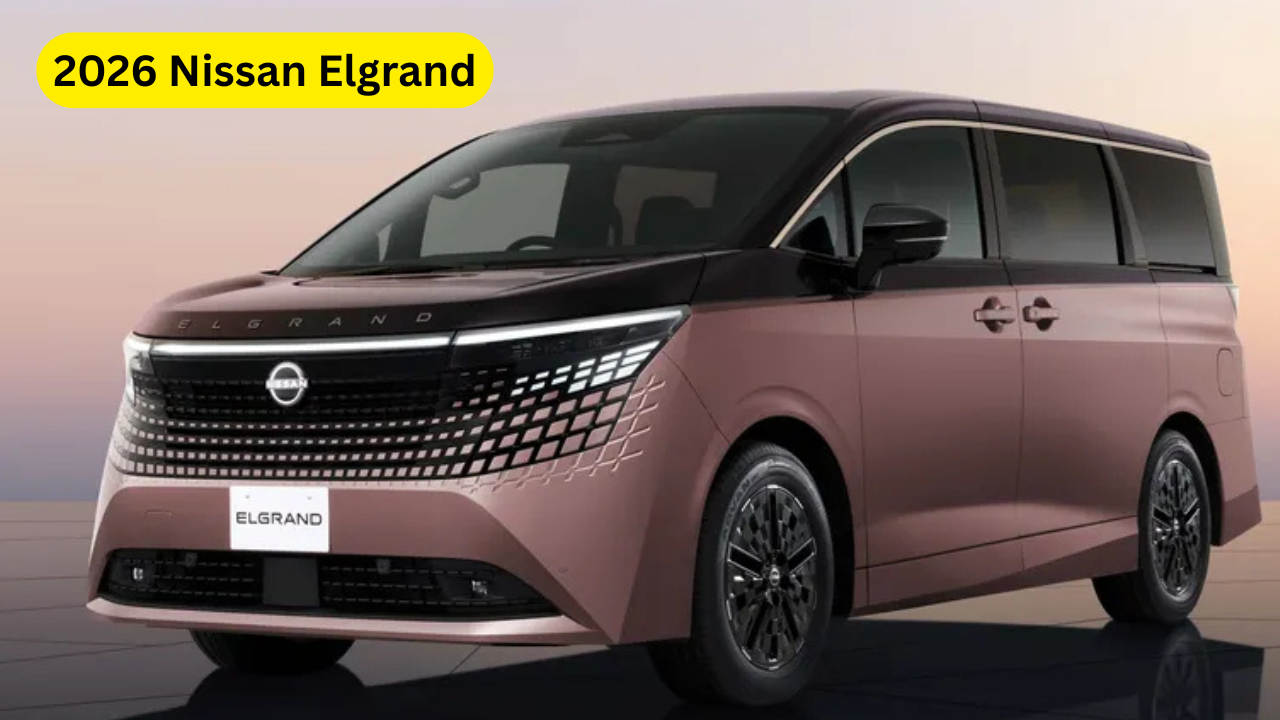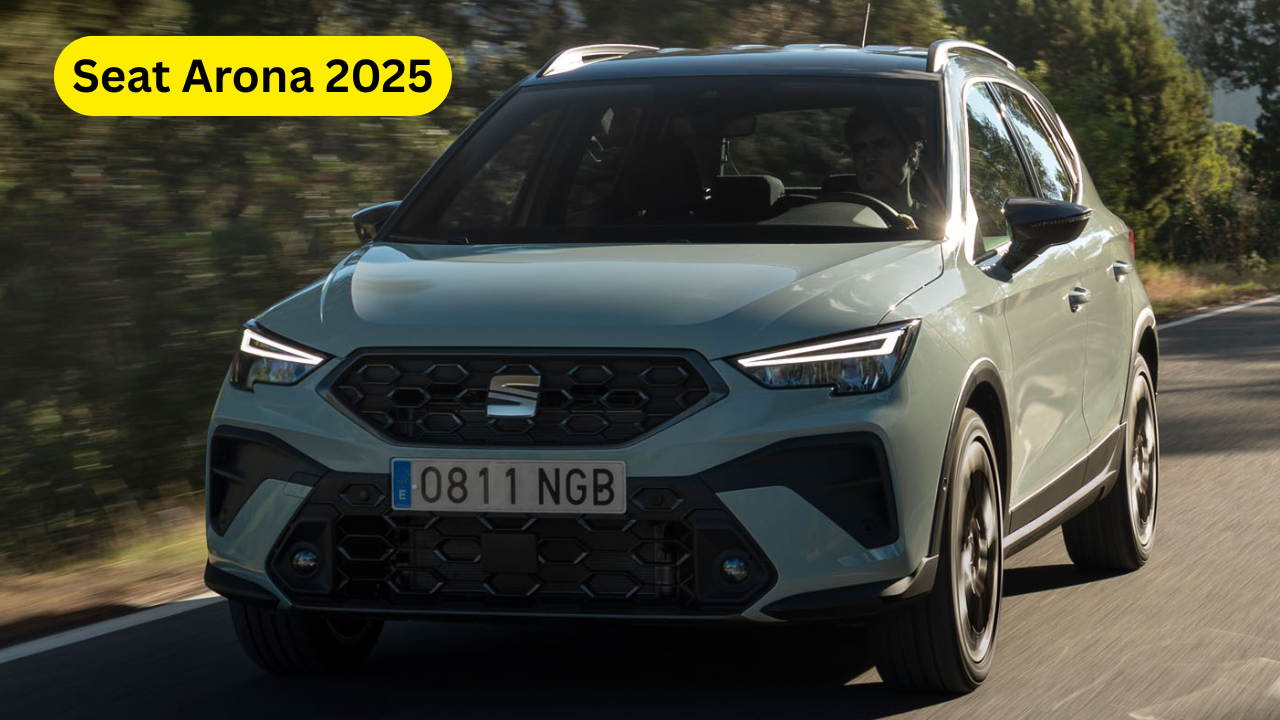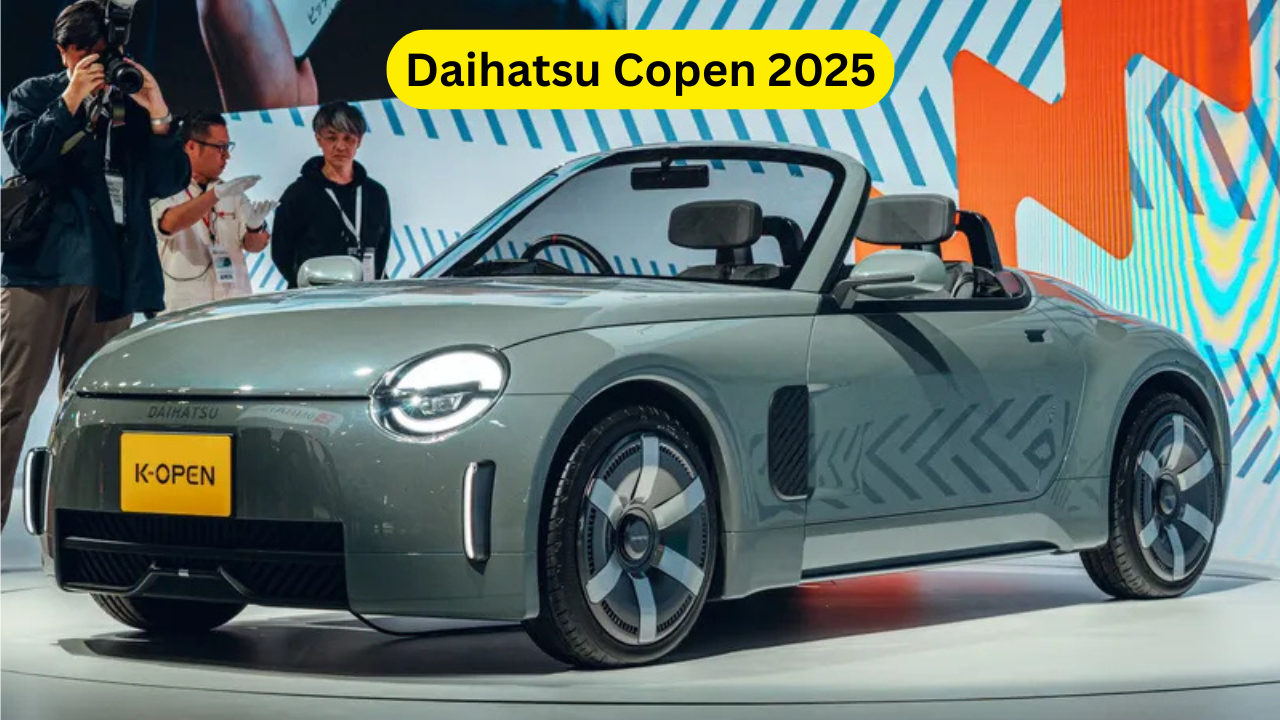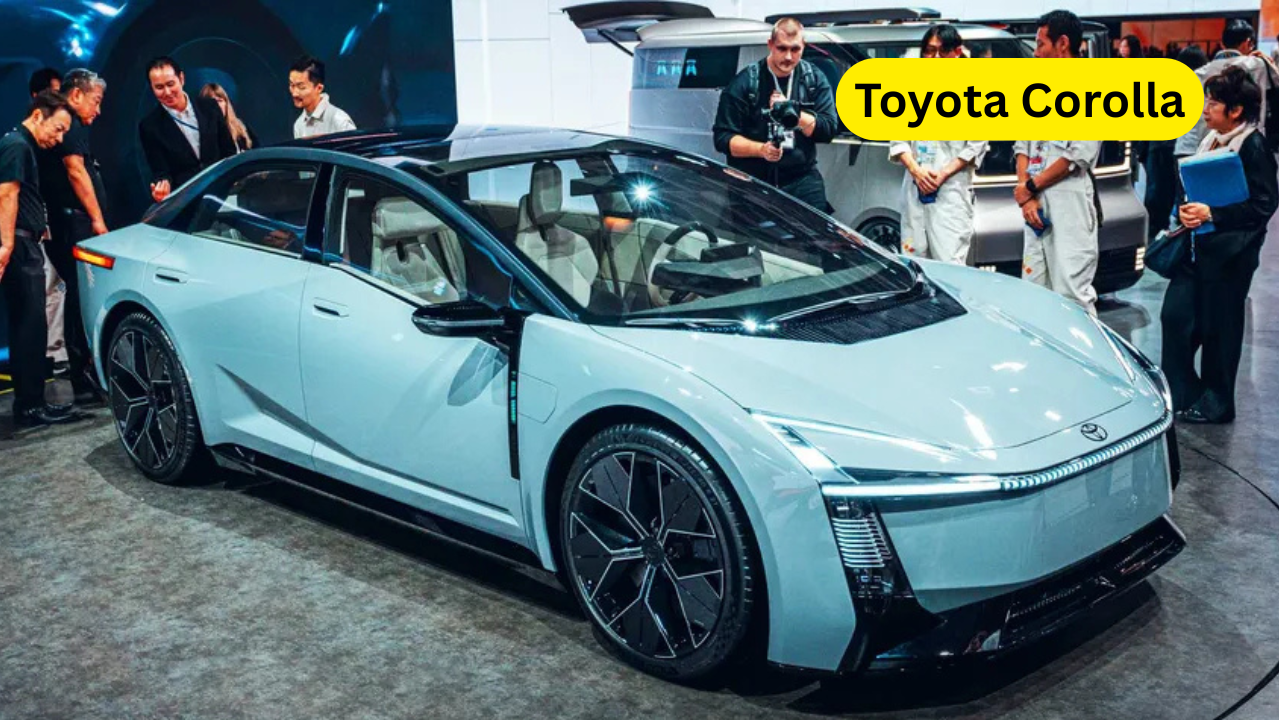Ducati V21L Prototype: Ducati has unveiled the first prototype of its V21L electric racing motorcycle, now equipped with advanced QuantumScape solid-state battery cells. This exciting development was showcased at the IAA Mobility event in Munich, highlighting Ducati’s ongoing commitment to pioneering electric mobility technologies and sustainable alternatives to internal combustion engines.
The V21L prototype represents a significant technological leap forward in Ducati’s electric racing efforts. Developed in collaboration with Volkswagen Group companies—including Audi and PowerCo—the project emphasizes research and development aimed at transforming Ducati’s future electric superbikes.
Over the past three years, the FIM MotoE World Championship has served as the perfect testbed, with 18 professional riders contributing invaluable race data. This iterative process allowed Ducati engineers to optimize the V21L’s battery system for performance-focused riding conditions.
One of the most noteworthy achievements has been an 8.2 kg reduction in battery pack weight, made possible by innovative cell designs and improved battery architecture. The lighter battery not only improves handling but also enhances acceleration and overall agility, vital attributes for a high-performance racing bike.
Ducati V21L Prototype Specifications
| Specification | Details |
|---|---|
| Model | V21L Prototype |
| Battery Type | QuantumScape Solid-State Cells |
| Battery Weight Reduction | 8.2 kg reduction vs. prior design |
| Range | Currently limited, focus on race use |
| Performance | Optimized for high-speed racing conditions |
| Collaboration | Volkswagen Group (Audi & PowerCo) |
| Application | FIM MotoE World Championship |
| Objective | Research in lightweight, high-density batteries for electric superbikes |
| Future Goal | Road-going electric superbike launch without brand compromise |
Why Solid-State Batteries Matter
Solid-state batteries represent the future of electric vehicle technology, offering several key advantages over traditional lithium-ion cells:
- Higher energy density, enabling smaller, lighter battery packs.
- Improved safety profile, due to lower flammability risks.
- Faster charging times and better thermal stability.
Ducati’s goal with the V21L prototype is to develop in-house expertise to rapidly adapt solid-state technology once it matures commercially. The focus remains clear: build an electric superbike that doesn’t sacrifice the performance DNA Ducati is known for.
Challenges Ducati Is Tackling
Despite the progress, Ducati acknowledges key challenges remain:
- Weight and Range Limitations: Although the battery pack is lighter by 8.2 kg, total weight and usable range are still not at the level of traditional combustion-engine superbikes.
- Performance vs. Practicality Balance: Ducati is focusing on keeping the brand’s signature aggressive riding experience intact while ensuring practicality and efficiency in battery design.
The V21L prototype is thus a critical step in gathering real-world race data, accelerating development, and testing novel solutions in a high-performance environment.
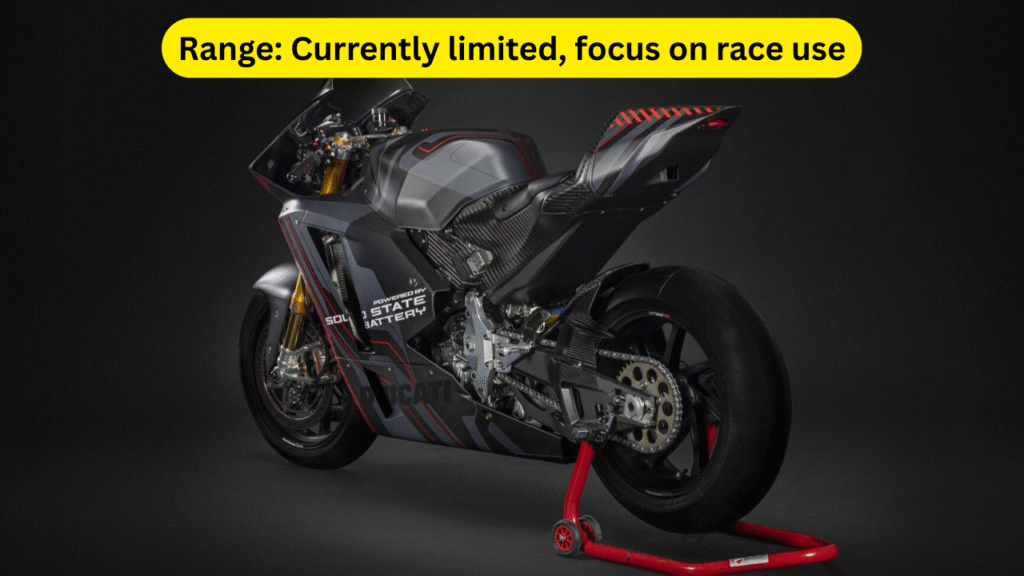
Future of Ducati Electric Superbikes
Ducati aims to launch a road-going electric superbike in the future, based on insights gained from the V21L program. The company is working toward ensuring that once solid-state batteries are commercially viable, it will be able to deliver a product that lives up to Ducati’s brand values—offering thrilling performance, style, and technological excellence.
Industry experts see the V21L as Ducati’s commitment to a sustainable yet performance-focused electric future, bridging the gap between racing prototypes and consumer-ready electric superbikes.
Also read: MotoGP 2025: Yamaha Unveils V4-Powered YZR-M1 – A Major Shift from Inline-Four Engine
Conclusion
The unveiling of the Ducati V21L prototype equipped with QuantumScape solid-state cells marks a major milestone in Ducati’s electrification strategy. As the company tests solutions on the demanding MotoE stage, it is building the expertise required for its next-generation electric superbikes.
While challenges of battery weight and limited range remain, Ducati’s focus on research today positions it to launch an uncompromising, fully electric superbike when technology catches up. The collaboration with Volkswagen Group’s Audi and PowerCo strengthens Ducati’s roadmap toward electrification, offering a glimpse into a high-performance, sustainable future.
FAQs Ducati V21L Prototype
1. What is the Ducati V21L Prototype?
The V21L Prototype is Ducati’s experimental electric racing motorcycle equipped with QuantumScape solid-state battery cells. It serves as a test platform in the FIM MotoE World Championship and plays a key role in advancing Ducati’s electric vehicle technology.
2. Why are solid-state batteries important for Ducati?
Solid-state batteries offer higher energy density, enhanced safety, and faster charging capabilities compared to conventional lithium-ion batteries. Ducati is researching them to develop lightweight, high-performance electric superbikes in the future.
3. What is the significance of the 8.2 kg battery pack weight reduction?
Reducing the battery pack weight by 8.2 kg improves handling, agility, and acceleration of the V21L prototype, helping Ducati better approach the performance levels of combustion superbikes.
4. When will Ducati launch its first road-going electric superbike?
An exact launch date is not confirmed yet. Ducati is focused on gathering race data and improving solid-state battery technology so that when the technology matures, a production electric superbike will be ready without compromising performance or brand values.
5. Who is Ducati collaborating with for this project?
Ducati’s solid-state battery research is conducted in collaboration with the Volkswagen Group, including Audi and PowerCo, leveraging their expertise in battery technology and EV development.
